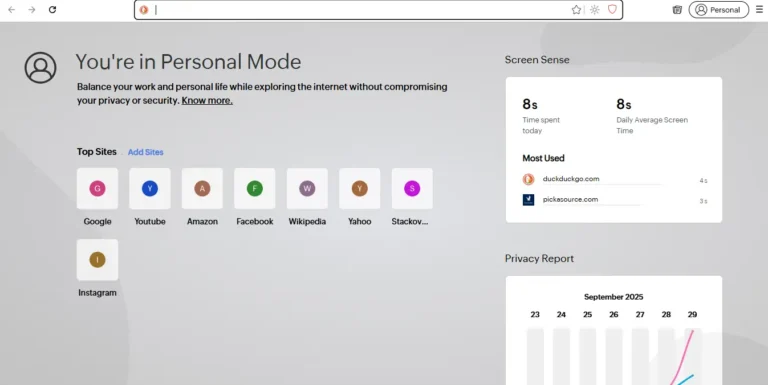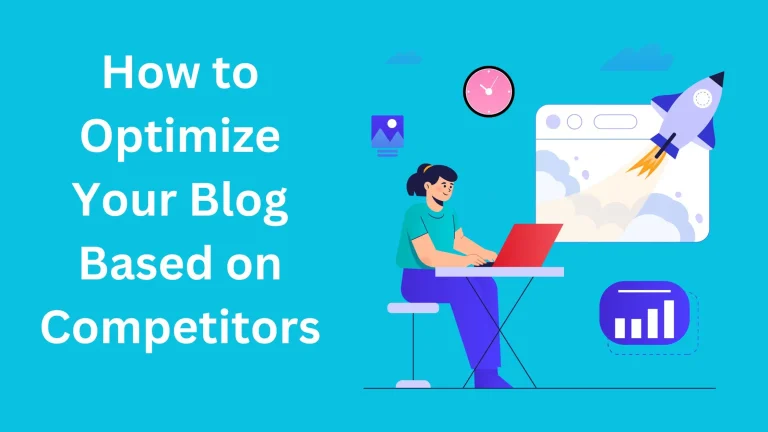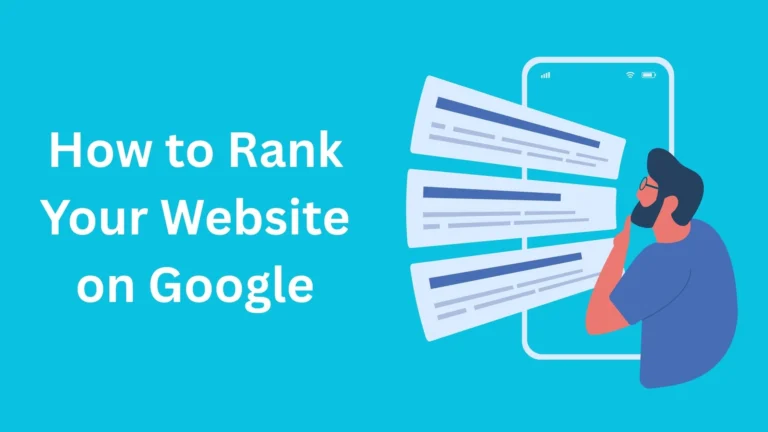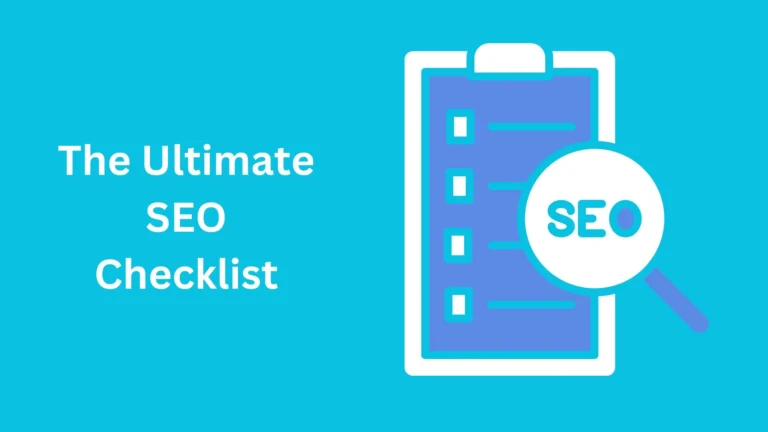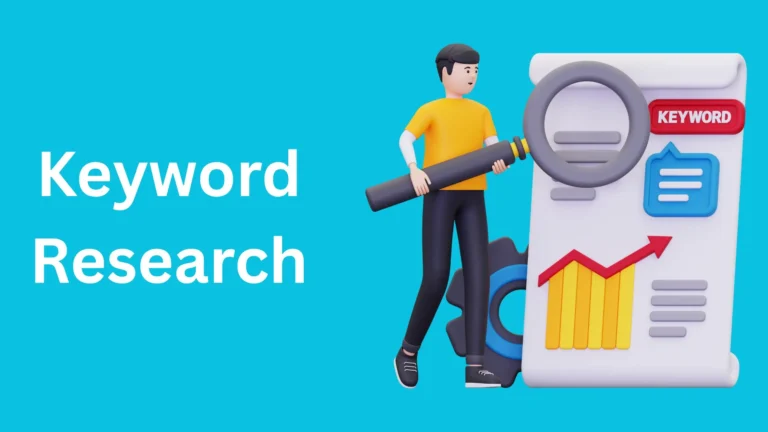How to Master Engine Optimization Strategies for AI Search Rankings [Expert Guide 2025]
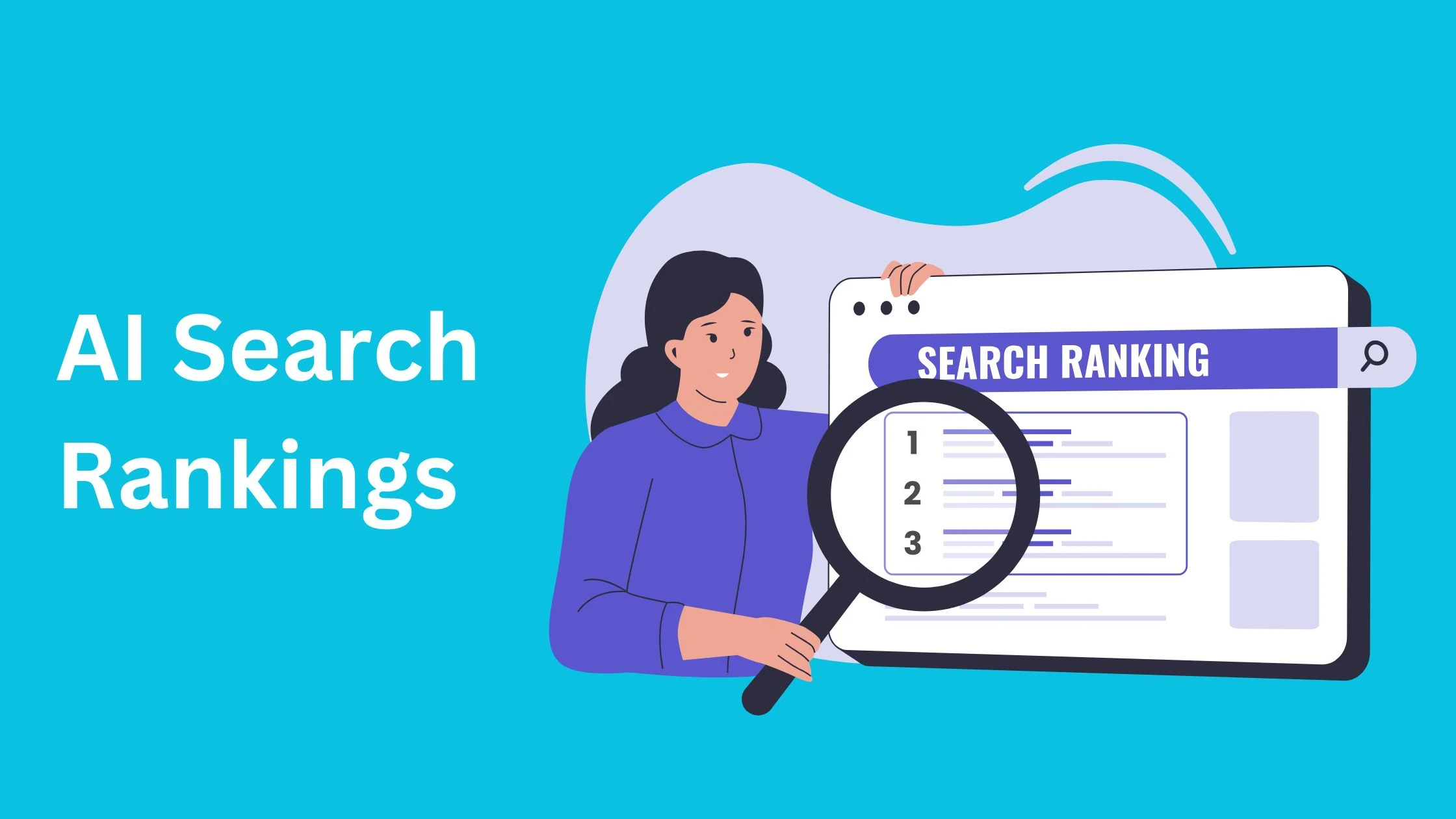
Search engines powered by artificial intelligence are rapidly transforming how websites rank online, making traditional engine optimization strategies increasingly obsolete. What worked for SEO yesterday might not work tomorrow as AI systems become more sophisticated at evaluating content quality and user intent.
However, mastering these new AI-driven ranking factors isn’t as complex as it might seem. This comprehensive guide breaks down the essential techniques you need to optimize your content for AI search engines in 2025. Specifically, we’ll explore how AI algorithms evaluate content, implement technical optimizations, and measure performance metrics that actually matter in the age of intelligent search.
This expert guide will equip you with actionable strategies to improve your visibility in AI search results, whether you’re a seasoned optimizer or just starting to adapt to the new AI-driven search landscape.
Understanding AI Search Algorithms in 2025
In 2025, AI search algorithms have fundamentally changed how search engines understand and rank online content. Gone are the days when search was primarily about matching keywords to queries. Today’s AI-powered search engines analyze content with unprecedented sophistication, making traditional engine optimization strategies far less effective.
How AI engines evaluate content quality
AI search engines now evaluate content quality through multiple dimensions simultaneously. Large language models (LLMs) combine machine learning and natural language processing to understand user queries semantically rather than just lexically. These systems focus heavily on factuality and trustworthiness, which has become the single largest topic of AI research today.
Modern AI engines employ techniques like retrieval-augmented generation (RAG) to enhance factuality. When a user submits a query, the system gathers relevant documents using information retrieval algorithms, then combines and integrates information from multiple sources to deliver comprehensive responses. This approach allows AI to overcome the limitations of traditional keyword matching.
Furthermore, AI search engines are increasingly concerned with context and meaning. Technologies like Google’s BERT can analyze the entire phrase to discern meaning, making it exceptionally adept at handling language nuances. This shift toward semantic understanding means content must demonstrate depth, clarity, and genuine value to rank well.
Key differences between traditional and AI search
Traditional search engines and AI-powered search differ fundamentally in their approach:
- Response type: Traditional search provides a list of links with snippets, while AI search delivers direct, conversational responses that address user queries.
- Content handling: Traditional search only retrieves existing information, whereas AI search can create original content by synthesizing information from multiple sources.
- Query understanding: Traditional search relies primarily on keyword matching with limited semantic understanding, while AI search demonstrates advanced comprehension of natural language and user intent.
- Contextual awareness: Traditional search treats each query separately, but AI search maintains context throughout conversations, building upon previous interactions.
Additionally, AI search evaluates content based on its ability to address user needs rather than simply counting keywords or backlinks. This represents a fundamental shift from the mechanical indexing of traditional search to a more nuanced analysis of content quality and relevance.
The evolution of search intent in AI systems
The progression of search intent understanding has evolved dramatically. Early search algorithms focused on exact keyword matching, essentially trying to find documents containing precisely what users typed. As AI became more sophisticated, engines began interpreting user intent rather than just processing keywords.
In 2025, AI search systems go beyond merely understanding queries—they anticipate needs and provide solutions. Unlike previous years, today’s AI recognizes that when someone searches for “movie with the blue alien,” they’re likely looking for information about “Avatar”. This contextual inference represents a massive leap in understanding human communication patterns.
Moreover, AI search now incorporates multimodal analysis, evaluating text, images, and other content types simultaneously to deliver more comprehensive results. Google’s MUM (Multitask Unified Model) exemplifies this advancement, allowing search engines to understand and generate language across 75 different languages while facilitating a deeper understanding of knowledge.
Essentially, the focus has shifted from “what words did the user type?” to “what problem is the user trying to solve?” This fundamental change means optimization strategies must evolve beyond traditional keyword placement to addressing user needs comprehensively.
Essential GEO Techniques for Immediate Results
Generative Engine Optimization (GEO) requires specific technical approaches to achieve visibility in AI-powered search results. Whereas traditional optimization focused primarily on keywords, GEO demands structured content that machines can easily process and interpret.
Optimizing content structure for AI readability
AI search engines process information differently than humans. Consequently, content structure plays a crucial role in how effectively AI can extract and present your information. AI-readable text increases visibility in AI-powered search results, summaries, and voice assistant responses.
To optimize your content for AI readability:
- Keep paragraphs short (2-4 sentences) to improve processing efficiency
- Use clear, direct language without unnecessary jargon
- Format text consistently throughout your content
- Employ white space effectively to break up dense information blocks
“AI extracts text from headings,” notes industry research, making it essential that your structure flows logically. AI readability optimization isn’t just about simplification—it’s about creating content patterns that machine learning algorithms can effectively analyze and categorize.
Using schema markup to enhance AI understanding
Schema markup functions as a translator between your content and AI systems. This structured data helps AI search engines better understand and categorize your content, increasing the chances of being featured in rich results like snippets or knowledge panels.
When implementing schema:
- Apply FAQ, HowTo, and QAPage schema types which are particularly effective for generating featured snippets.
- Create connected schema markup that defines relationships between entities on your site.
- Use schema.org vocabulary definitions to build a comprehensive knowledge graph.
“By embedding related Types under properties, you are defining relationships between entities,” explains schema.org documentation, which helps search engines comprehend your content’s context. This connected approach is especially important as Bing’s Principal Program Manager noted that “semantic markup” is crucial for AI search engine optimization.
Creating FAQ content that AI loves
AI search engines prioritize answers, not just keywords. FAQ-driven content proves exceptionally effective at appearing in AI-generated search results, voice search responses, and featured snippets.
For optimal FAQ implementation:
- Format each question as an H2 or H3 so AI can easily recognize them
- Implement FAQ schema to improve visibility in rich results
- Update FAQ content regularly as AI prioritizes fresh information
- Create dedicated FAQ pages for complex topics, including common misconceptions
FAQ sections perform exceptionally well because they directly align with how users phrase search queries. As one expert notes, “AI-powered search doesn’t just scan for keywords—it looks for clear, direct answers to user questions”.
Implementing proper heading hierarchies
Heading structure serves as the backbone of content organization for both users and AI systems. A proper heading hierarchy helps search engines understand the relationships between different sections of content and their relative importance.
For effective heading implementation:
- Use only one H1 tag per page containing your primary keyword
- Follow the numerical hierarchy (H1 → H2 → H3) without skipping levels
- Keep headings descriptive and informative about the section’s content
- Distribute subheadings throughout text exceeding 300 words
“Headings help users and search engines to read and understand text,” explains optimization research, making them essential signposts for both human readers and AI systems. They define which parts of your content are most important and show how they’re interconnected—precisely the kind of structured information AI search engines need to evaluate and rank content effectively.
By implementing these essential GEO techniques, you’ll create content that AI search engines can efficiently process, understand, and surface to users seeking relevant information in your field.
Writing for conversational search queries
Voice search is rapidly transforming how users find information online, with 50% of all searches expected to be voice-based by 2025. This shift demands content structured around natural language patterns rather than keyword-heavy phrasings.
To optimize for conversational queries:
- Focus on long-tail keywords that mirror complete phrases people naturally speak
- Create FAQ sections that directly answer common questions in your field
- Structure content around question-based headers (who, what, when, where, why, how)
“The best way to optimize your content is to shift from generic keywords to phrases that match how people actually talk,” notes industry research. This approach aligns perfectly with how AI processes natural language queries.
Balancing depth and clarity in AI-optimized content
AI search engines evaluate content based on both comprehensive coverage and clear presentation. First and foremost, focus on what Google calls E-E-A-T: Experience, Expertise, Authoritativeness, and Trustworthiness. These elements signal credibility to AI systems determining which sources to prioritize.
For optimal AI visibility:
- Present information using concise, declarative statements
- Offer direct facts rather than opinions where possible
- Include statistics and citations from authoritative sources
AI-friendly content avoids both artificial keyword saturation and excessive generality. In fact, research shows content using clear, direct language tends to be favored over more complex or equivocal phrasing.
Incorporating multimedia elements effectively
As AI becomes increasingly adept at analyzing non-text content, optimizing multimedia elements has become essential for comprehensive visibility. Not only does multimedia increase engagement, but it also provides additional context for AI understanding.
To enhance multimedia effectiveness:
- Use descriptive file names and detailed alt text for images
- Provide transcripts for audio and video content
- Optimize load times to prevent crawling issues
Notably, researchers found that websites incorporating multiple media formats generate valuable behavioral signals that AI uses in the ranking process. This multimedia approach creates a multidimensional information experience that both human readers and AI systems can better process and understand.
In essence, successful AI content creation balances technical optimization with genuine value delivery, prioritizing substance over manipulation and user needs over algorithmic shortcuts.
Technical Optimization for AI Crawlers
Technical infrastructure forms the foundation upon which AI crawler visibility is built, making backend optimizations critical for engine optimization strategies in 2025. Unlike traditional SEO approaches, AI crawlers have specific requirements that demand precision in technical implementation.
Site speed and performance factors
AI crawlers prioritize fast-loading websites, with studies showing that pages taking longer than three seconds to load lose 53% of mobile visitors. Core Web Vitals serve as the primary metrics for evaluating site performance:
- Largest Contentful Paint (LCP): Should be under 2.5 seconds
- First Input Delay (FID): Should be under 100 milliseconds
- Cumulative Layout Shift (CLS): Should be less than 0.1
Server-side rendering (SSR) significantly improves AI crawler access by presenting dynamic content in easily digestible formats. Since many AI crawlers, including OpenAI’s GPTBot and Anthropic’s ClaudeBot, cannot execute JavaScript, ensuring your important content is server-rendered or visible in raw HTML becomes essential.
Mobile optimization requirements
With mobile traffic accounting for 81% of AI Overview citations according to Ahrefs research, mobile optimization is non-negotiable. Beyond responsive design, focus on mobile-specific enhancements such as:
Touch-friendly navigation elements with adequately sized buttons and menus prevent frustration and improve engagement signals. Regardless of how well your content is optimized, poor mobile usability will undermine your visibility in AI-powered search results.
Adobe research indicates that mobile-optimized sites experience a 10% increase in traffic compared to non-optimized alternatives. Additionally, legible fonts and avoiding small text sizes substantially improve readability on smaller screens.
Structured data implementation guide
Structured data serves as a translator between your content and AI systems. Schema.org markup provides explicit signals about content meaning, making it easier for AI tools to surface accurate information.
JSON-LD is the recommended format for implementation due to its separation from visible content, keeping markup clean while maintaining functionality. Although traditional search engines like Google have evolved to render JavaScript, many AI crawlers cannot, making structured data even more critical for visibility.
Key schema types to prioritize include:
- FAQ schema for question-based content
- Article schema for informational pieces
- Breadcrumb schema to improve navigation signals
After implementation, validate your structured data using tools like Google’s Rich Results Test to ensure proper formatting and eligibility for enhanced visibility in search results. This verification step often reveals opportunities for further optimization.
Measuring Your AI Search Performance
Effective measurement forms the cornerstone of successful AI optimization strategies, providing clear insights into performance and guiding future refinements. Tracking the right metrics allows marketers to validate their engine optimization strategies and make data-driven adjustments.
Key metrics to track for GEO success
AI-driven search platforms have become significant sources of organic visitors, making referral traffic a critical performance indicator. Segment AI referral traffic in Google Analytics by filtering for sources like chat.openai.com and Bing Chat. Compare AI-generated traffic against traditional organic search to gage relative performance.
Beyond traffic, engagement metrics reveal whether visitors find your content valuable. Carefully monitor bounce rate, average time on page, and pages per session for AI-sourced visitors. These indicators help evaluate user intent alignment and content effectiveness.
Ultimately, conversion tracking remains paramount. Whether measuring newsletter sign-ups, form submissions, or purchases, tracking AI-driven conversions helps quantify ROI. Set up goal tracking in analytics tools to attribute conversions specifically to AI-generated traffic.
Tools for monitoring AI search visibility
Several specialized platforms can streamline AI search performance tracking:
- Otterly.ai – Tracks brand mentions and sentiment across AI search platforms like ChatGPT and Perplexity.ai while analyzing links cited in AI-generated responses
- RankRaven – Specializes in tracking rankings across various AI models
- SE Ranking – Offers an AI Overviews Tracker to monitor performance in AI-generated summaries
First-party tools like Google Analytics and Search Console remain valuable for gathering traditional metrics that complement AI-specific insights.
Setting realistic benchmarks and goals
Establishing performance baselines requires collecting data on your AI search system’s normal performance. Evaluate key metrics like Time to First Token (TTFT) and Time Per Output Token (TPOT) to set acceptable ranges. Use these baselines to identify performance anomalies.
As well as quantitative measures, qualitatively test branded queries across different AI platforms to check for consistency and accuracy in how your brand appears. This holistic approach ensures comprehensive performance measurement in the evolving AI search landscape.
Conclusion
AI-powered search engines have fundamentally changed how websites achieve visibility online. Though these changes might seem daunting, mastering AI search optimization becomes straightforward with the right approach and tools.
Success requires a balanced focus on multiple elements. Technical optimization ensures AI crawlers can effectively process your content. Strategic content creation addresses user intent through conversational queries. Proper implementation of schema markup and structured data helps AI systems better understand your information.
Results depend heavily on consistent measurement and refinement. Regular monitoring of AI-specific metrics, combined with traditional analytics, provides clear direction for optimization efforts. Organizations that adapt their strategies based on these insights stand the best chance of maintaining strong visibility in AI search results.
Remember that AI search optimization remains an evolving field. Staying current with new developments while maintaining focus on core principles – quality content, technical excellence, and user experience – will help ensure lasting success in the AI-driven search landscape.

With 5+ years of SEO experience, I’m passionate about helping others boost their online presence. I share actionable SEO tips for everyone—from beginners to experts.

